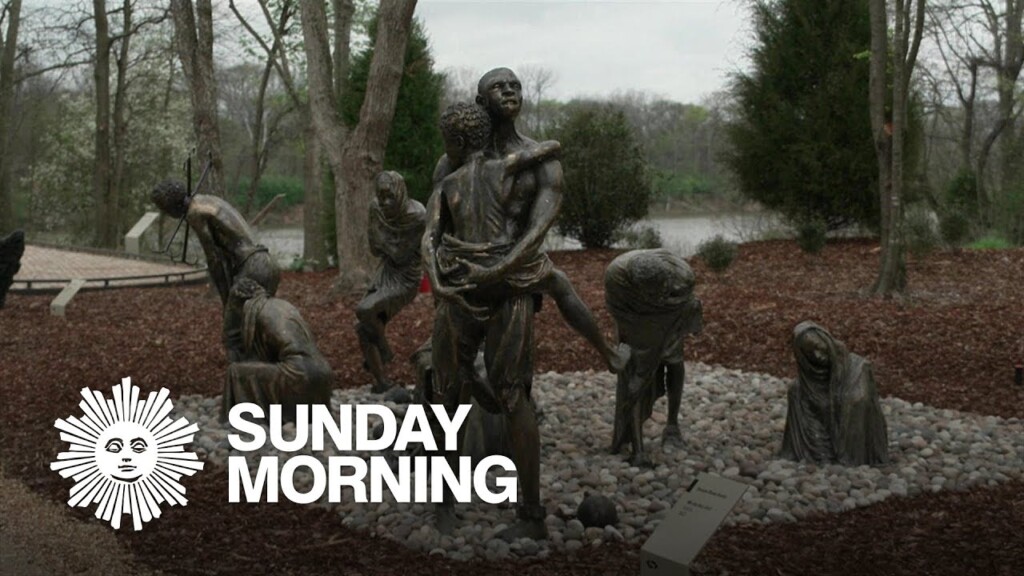A park in Alabama will allow people to visualize and have “an immersive experience” of slavery and centuries-old struggles of Black folks in America.
According to NBC News, Freedom Monument Park will host 17 acres of the experience just above the Alabama River, which was a primary route to transport enslaved Africans amid the slave trade. The park will open next week.
It will be near two other creations, which are led by Civil Rights attorney and renowned social justice activist, Bryan Stevenson. The park will feature “an awe-inspiring Memorial to Peace and Justice, an open-air site that has 800 columns suspended from above, evoking public square lynchings, and the Legacy Museum.” Just a few miles in downtown Montgomery, that site uses interactive elements that tell the story of the “devastation of slavery, Jim Crow, violence, and mass incarceration.”
The sculpture park, the third addition, humanizes the experience of the enslaved person living on a plantation. It will have a centerpiece of the park that will be a 100-by-40-feet foot monument to freedom, which is angled like an open book, listing close to 100,000 known surnames of folks who were emancipated in 1865. The monument is called the first of its kind to recognize the more than 10 million Black folks who were enslaved in America.
In an interview with NBC News, Stevenson said he had no interest in visiting plantations, but once he finally did, his experience was revelatory, and it triggered an important act.
“I was intrigued by the authenticity of those places,” he said of the plantations. “And I thought about whether we could create a space like that, centered on the lives of enslaved people and tell this history.”
Stevenson also founded the Equal Justice Initiative, which helped free more than 140 death row inmates who were wrongfully convicted. He said the main house on the plantations was so pronounced that it “marginalized” the slave dwellings.
“And so, creating a space like this that has some historical significance, and then building a kind of a narrative around this land was the objective,” he said. “And we see this as a place to have a deep, immersive engagement with the legacy of slavery, and primarily the lives of enslaved people, so we can have a deeper understanding of that. … It’s about humanizing it.”




